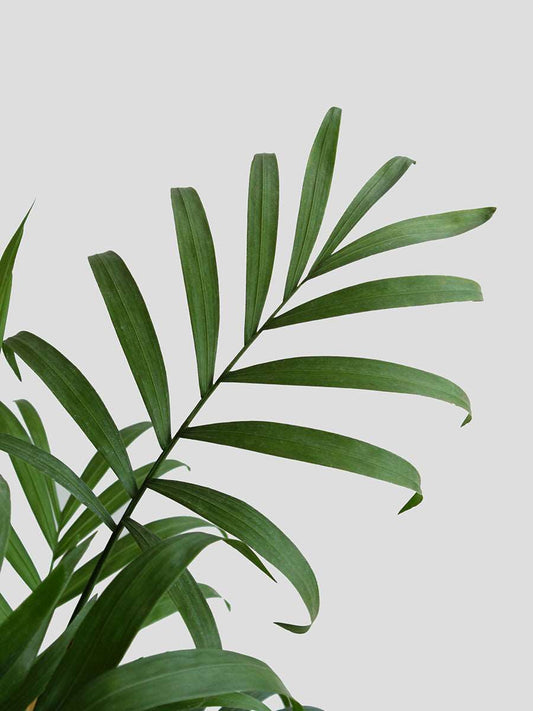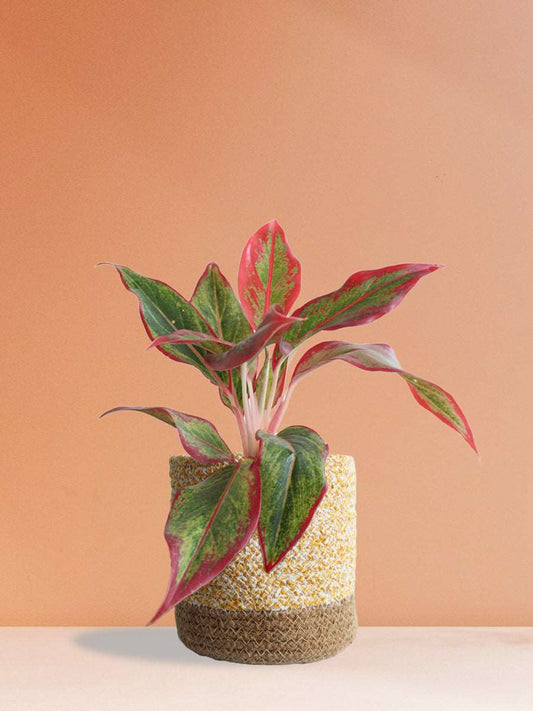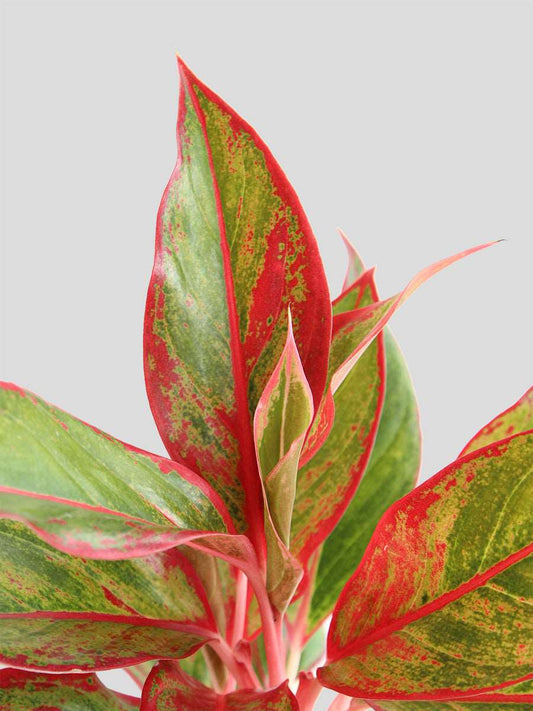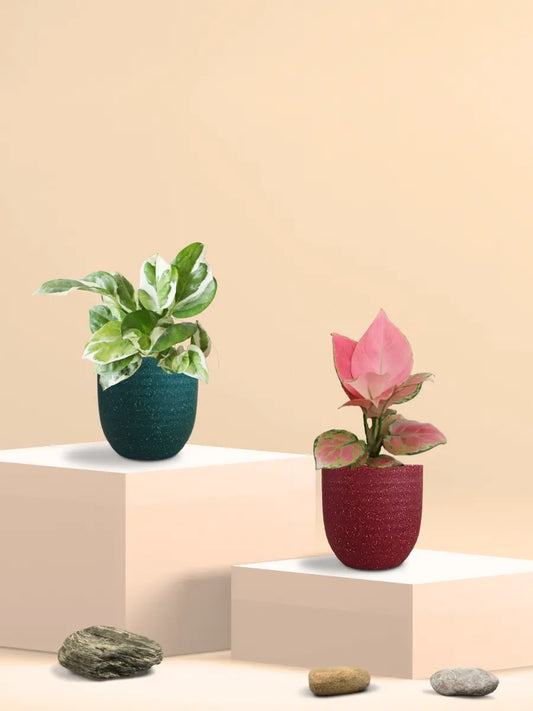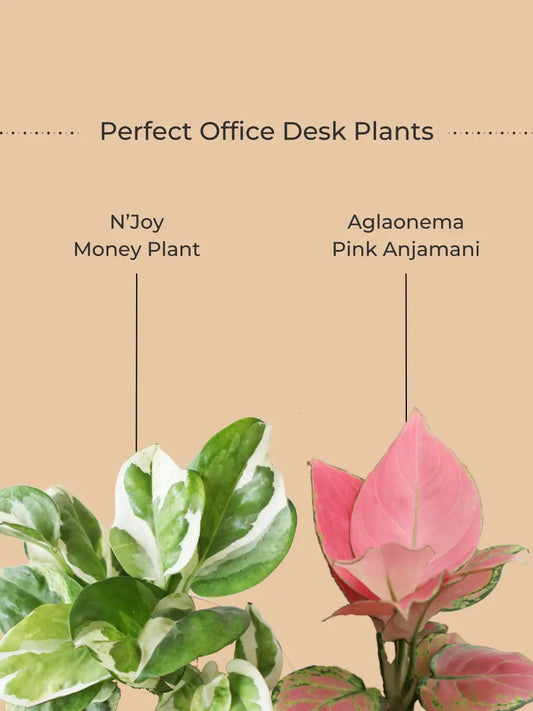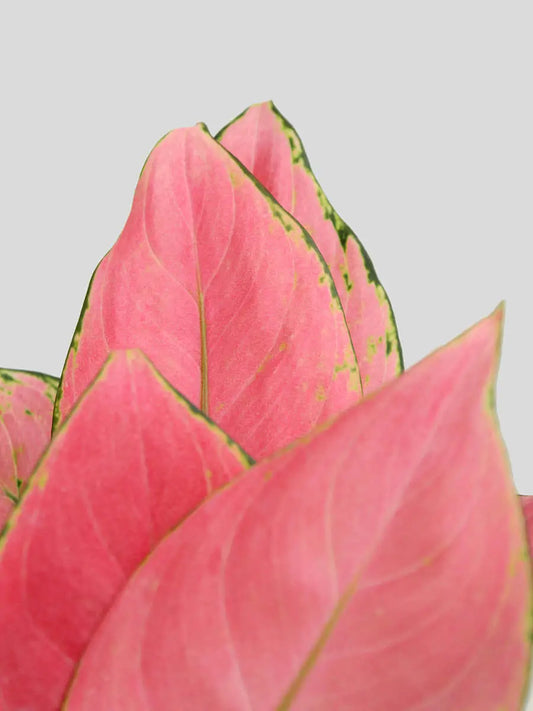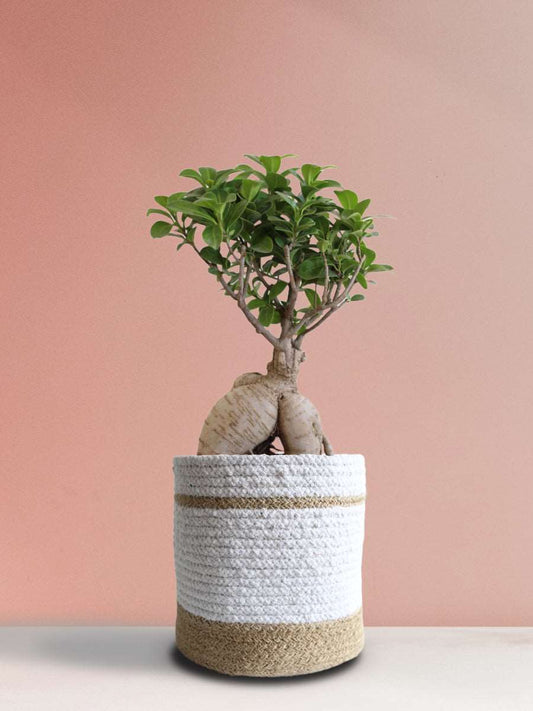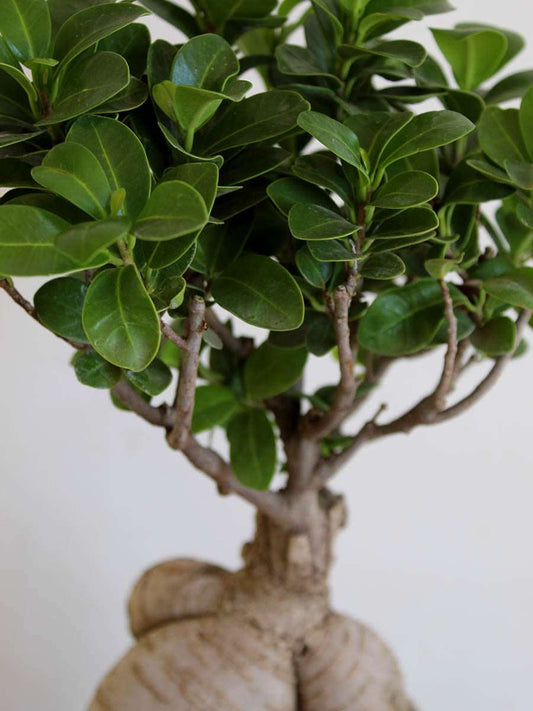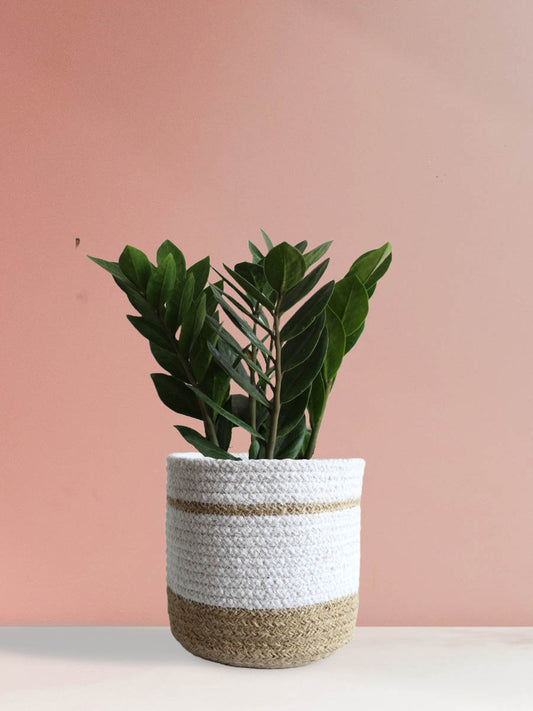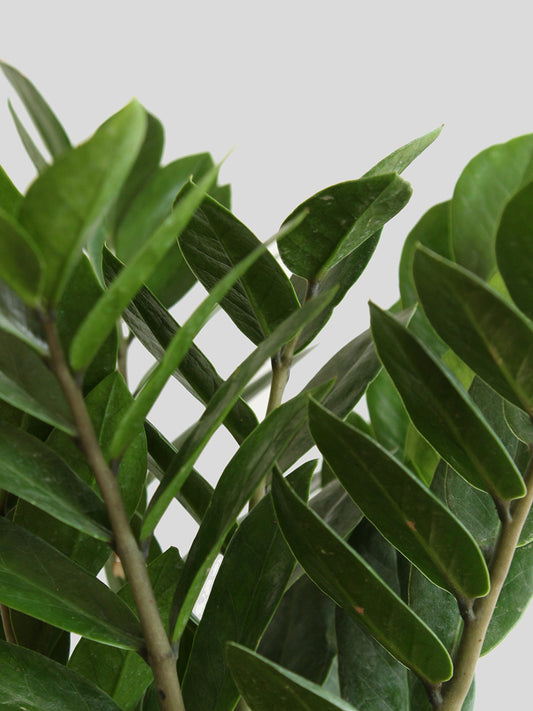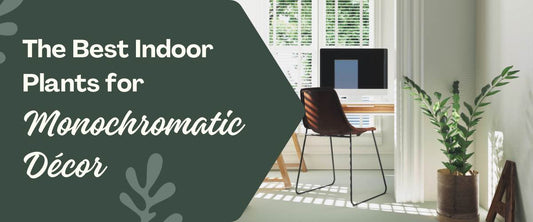Benefits of Jade Plant
Crassula Ovata, commonly known as jade plant or lucky plant, is a succulent plant you can find in many homes! Not only does it look aesthetically chic and luxurious, but they are also very beneficial for us.
[product=jade-mini-large]
The most aesthetic indoor succulent plant. It is easy to maintain and an attractive home decor.
[/product]
Let's go down the points and understand why this plant is the perfect addition to your space:
- Air Purification: Jade plants are effective at purifying the air by removing harmful toxins such as benzene and formaldehyde. This makes them the best fit for your home as they can improve indoor air quality and create a healthier living environment for you.
-
Easy to Care: Nowadays, we are busy and live a hectic life, so Jade plants can make the perfect companion for us as they are low-maintenance and easy to care for.
- Feng Shui: In Feng Shui, jade plants are considered to bring in good luck and fortune. They are said to attract prosperity and wealth when placed in the southeast corner of a room.
- Decorative: Jade plants have a unique and lustrous appearance, with thick, glossy leaves that grow in a tree-like structure. They are a popular choice for adding a touch of greenery to any room in the house.
- Symbolic: In some cultures, the jade plant is considered a symbol of friendship, loyalty, and good fortune. Giving a jade plant as a gift is believed to bring good luck and prosperity to the recipient.

Also Check This: Best Indoor Plants for Oxygen
Types of Jade Plant:

Now that we have all glossed over the benefits, let's take a look at several types of jade plants (Crassula ovata), each with its distinctive features:
1. Traditional Jade Plant:
Also known as the Money Plant, this is the most common type of jade plant. It has thick, oval-shaped leaves that grow in opposite pairs.
2. Hobbit Jade Plant:
This type of jade plant has small, round leaves that are curled and stacked on top of each other. It is also known as the Gollum Jade Plant, as its leaves resemble the character Gollum from the popular Hollywood film series named Lord of the Rings.
3. Ripple Jade Plant:
As the name suggests, this type of jade plant has leaves that are rippled or crinkled. It has a unique texture and is a beautiful addition to any indoor garden.
4. Variegated Jade Plant:
This type of jade plant has leaves with a combination of green and yellow or cream-coloured stripes. It is a stunning plant that pops up the colour in any room.
5. Tricolor Jade Plant:
This type of jade plant has leaves with three colours - green, yellow, and red. It is a rare variety and is highly sought after by avid collectors.
6. Silver Jade Plant:
This type of jade plant has leaves that are covered in a silvery-grey coating, giving it a unique and beautiful appearance.
Also Check This: Best Indoor Plants for Birthday Gift
How to Plant Jade Plant:

Don't worry after reading these benefits we know you might be thinking "How do I plant this plant at my home?" We are here to your rescue, let's go through the steps to plant jade plants at home:
- Choose a suitable pot: Select a pot with drainage holes at the bottom to allow excess water to drain out. The pot should be slightly larger than the root ball of the jade plant.
- Prepare the soil: Jade plants prefer well-draining soil. You can mix potting soil with sand or perlite to improve drainage.
- Plant the jade plant: Place the jade plant in the centre of the pot and fill it with soil, leaving about an inch of space at the top. Press down the soil firmly around the plant to remove any air pockets.
- Water the plant: Water the jade plant thoroughly, allowing the excess water to drain out of the pot. Wait until the soil dries out completely before watering again.
- Place the plant in a suitable location: Jade plants.
Check Here : All Season Flowering plants in India.
Jade Plant Placement As Per Vastu:
In Vastu Shastra, the ancient Indian system of architecture, the placement of plants is believed to have an impact on the energy flow of a space. The Jade plant is a popular plant in Vastu, and here are some guidelines for its placement:
- North or East direction: According to Vastu, the Jade plant should be placed in the north or east direction of the house, as it is considered auspicious and brings good luck and prosperity.
- Living room: The living room is the ideal place to keep the Jade plant, as it is a social space where people spend a lot of time. It is believed that the presence of the plant in the living room helps to improve the flow of positive energy in the space.
- Entrance: Another good place to keep the Jade plant is near the entrance of the house, as it is believed to attract wealth and prosperity.
- Placement in office: In the office, the Jade plant can be kept on the desk or in the reception area, as it is believed to bring success and prosperity to the business.
Also Check This: Best Plants as Per Vastu
Remember that these are just guidelines, and ultimately, the placement of the Jade plant should be based on personal preference and the layout of your home or office.
Overall, the jade plant is a versatile and attractive houseplant that offers several benefits but also amplifies the energy and the style of your home.
Also Check This: Guide About Rajnigandha flower Plant
FAQ's
Q1. Is it good to keep a jade plant at home?
Ans: Yes, it is the best fit for your home as it is absolutely stunning to look at and is known to bring prosperity and success to your life.
Q2. Is jade plant a lucky plant?
Ans: Yes, one of the names of jade plants is literally "lucky plant". This plant has a lot of symbolic value and is known to bring in positive vibes and prosperity into your life.
Q3. Should we water jade plant daily?
Ans: Indoors, you should probably water it once every 2 to 3 weeks.
So, without thinking furthermore, just order a jade plant and make your home and life better!





